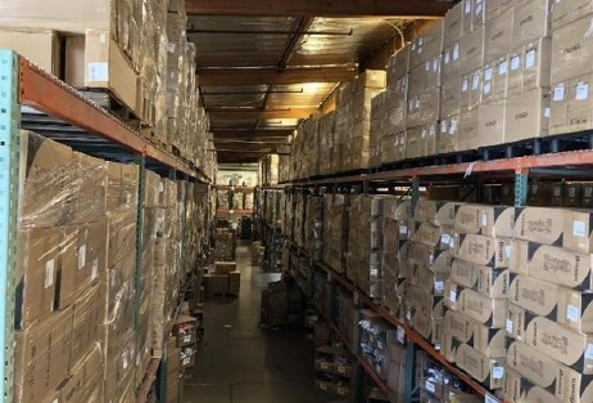
The Core Application Prospects of E-commerce Distribution Warehouses
E-commerce distribution warehouses have become the core hub of the modern retail ecosystem, with their application scenarios expanding from basic warehousing to strategic growth tools. For direct-to-consumer (DTC) brands, a regional warehouse network can address the pain point of delivery delays caused by dispersed inventory—by pre-positioning goods at nodes closer to consumers, the last-mile delivery time can be systematically reduced by 40-60%, laying the foundation for nationwide two-day delivery competitiveness. For sellers on platforms like Amazon and Walmart, compliant Prime/SPN-certified warehouses directly optimize Inventory Performance Index (IPI), avoid storage restriction penalties, and maintain gold shopping cart share, especially during peak sales seasons like Black Friday and Cyber Monday, providing flexible scalability.
By adopting an AI-driven unified inventory system, they can support B2B dealer restocking, process e-commerce direct-to-consumer orders, and enable innovative “Ship-from-Warehouse-to-Store” models where stores place orders offline and the warehouse ships directly to consumers, completely eliminating channel conflicts and inventory accuracy discrepancies. High-growth startups can use this to break free from the constraints of heavy asset investment: a flexible collaboration model where payment is based on order volume allows companies to handle order volume increases of over 300% without any upfront investment, enabling them to focus limited capital on product development and user acquisition.
Strategic value in building long-term competitive barriers
Beyond basic fulfillment functions, modern distribution warehouses are creating three core competitive advantages: Speed Economy (compressing delivery timelines to regional market-optimal levels), Data Assets (optimizing procurement decisions through real-time turnover rates and tracking of top-selling SKUs), and Sustainable Premium (carbon footprint-certified warehouses meeting ESG brand requirements). Especially in international scenarios, bonded warehouses and cross-border distribution capabilities simplify DDP/DDU customs clearance complexities, enabling independent e-commerce brands to enter European and American markets with lower risk. Notably, reverse logistics processing capabilities are transitioning from cost centers to profit sources—automated refurbishment, second-hand resale, and disassembly recycling processes can reduce return losses by over 31%.
The Innovation Engine Driving Future Business Models
New consumption trends are continuously expanding the application boundaries of warehouses: For 15-minute delivery-oriented on-demand retail (Q-commerce), urban micro-warehouse networks support high-timeliness categories like fresh produce and pharmaceuticals; To meet Gen Z's stringent environmental requirements, carbon-neutral warehouses combined with biodegradable packaging solutions have become essential infrastructure for vegan beauty and eco-friendly apparel brands; the rise of B2B wholesale platforms (such as Faire) has spawned composite fulfillment centers integrating bulk picking, small-package direct shipping, and cross-border consolidation. Data shows that brands using intelligent distribution systems achieve an average 17% increase in conversion rates (driven by reliable delivery commitments) and a 23% extension in customer lifetime value. At its core, this transforms warehouses from cost centers into accelerators of revenue growth.
